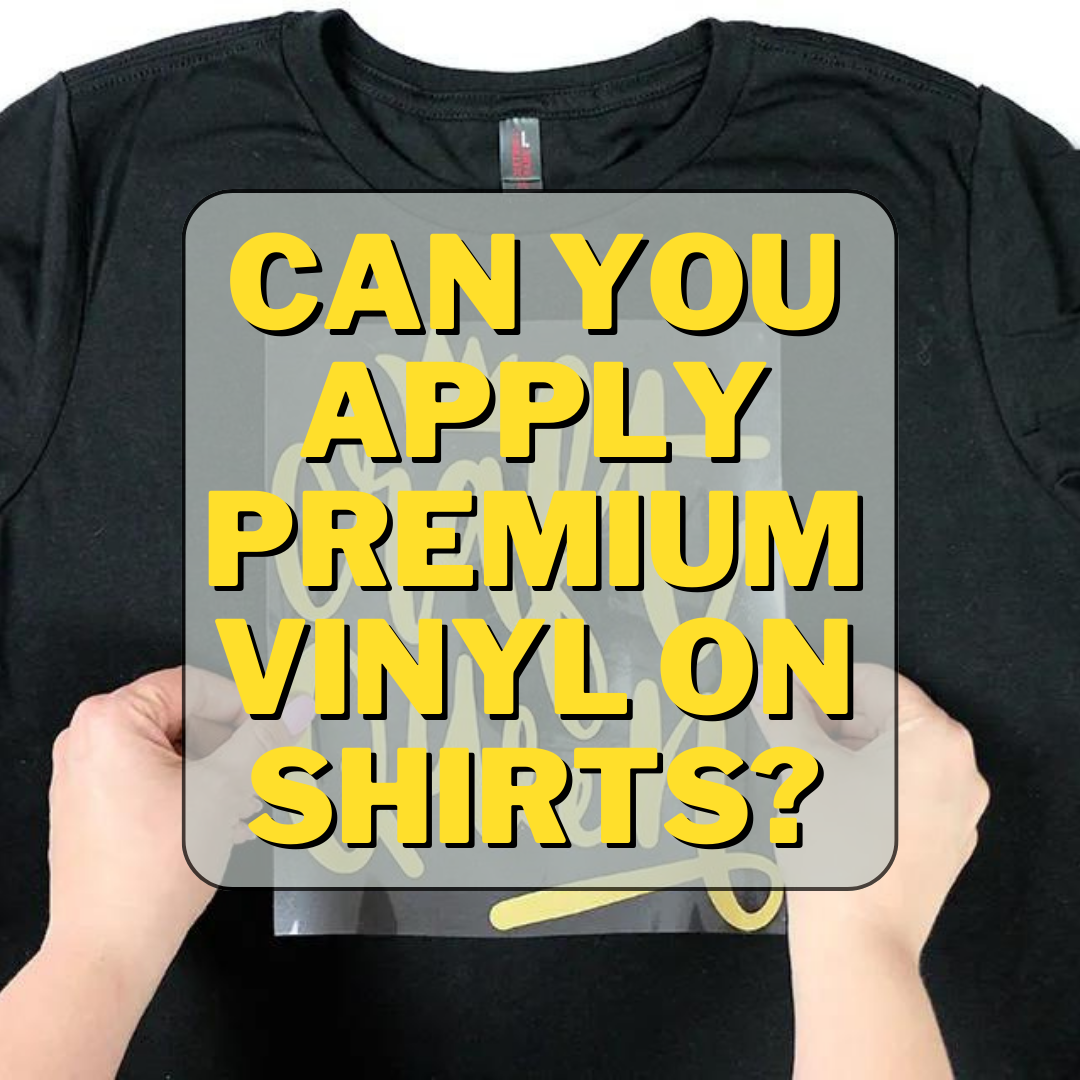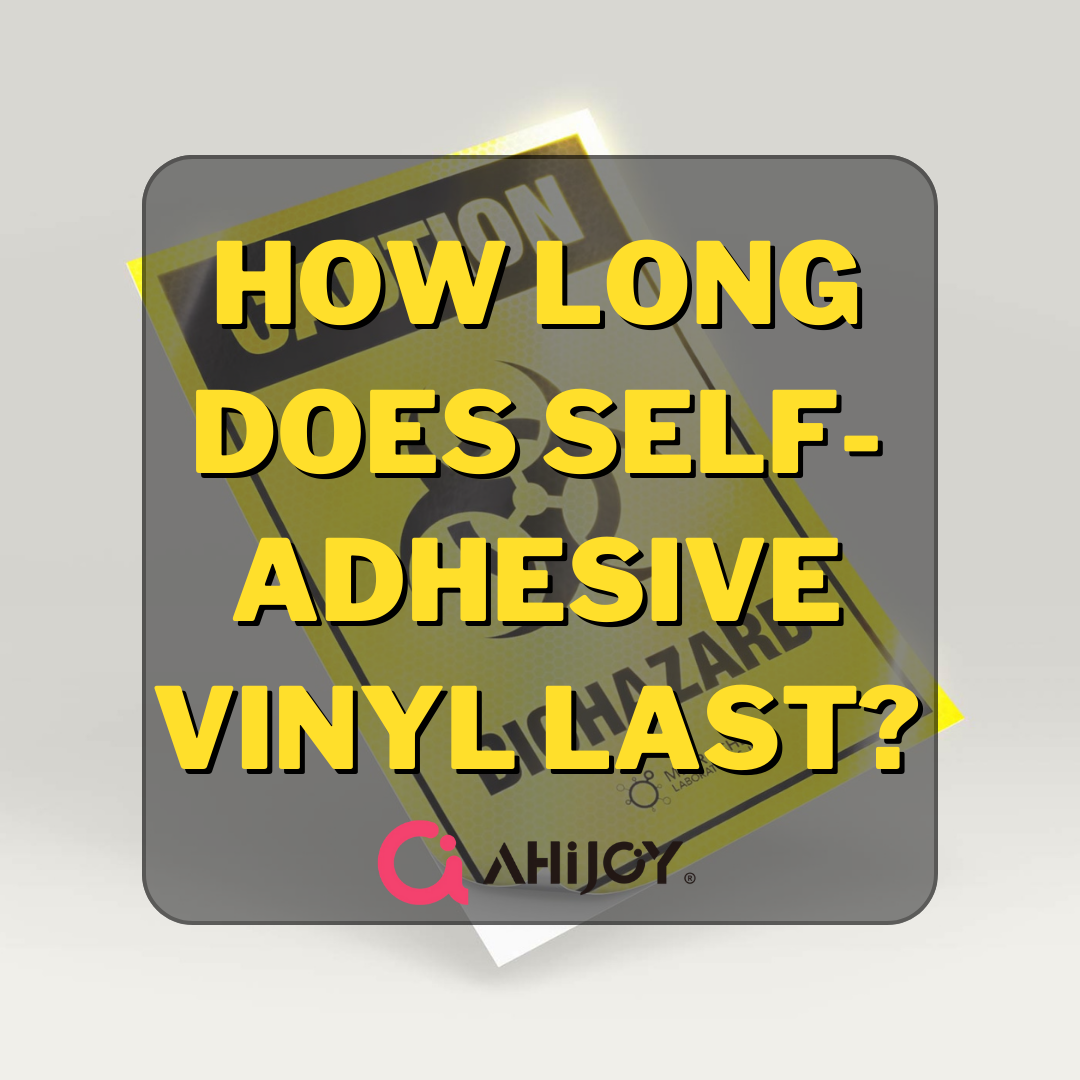posted by Ahijoy on July 7, 2022
Can You Use Heat Transfer Vinyl on Leather
Yes, You Can Use Heat Transfer Vinyl On Leather. The only thing to keep in mind is that you cannot use clear heat transfer vinyl on leather, and the reason for this is that the pores in leather are too small to allow the vinyl to stick well.
Does Heat Transfer Vinyl Work On Leather? If So, What Is The Procedure?
Leather is a durable material that can withstand regular wear and tear. However, it's prone to cracking, fading, and flaking with prolonged exposure to direct sunlight. Because of this, you may want to consider using heat transfer vinyl on your leather items instead of just leaving them.
Instead, you should choose an opaque heat transfer vinyl that matches the color of your leather and let it dry completely before applying it to your leather. Then, once you have applied the vinyl using a heat gun (or another method), iron over the vinyl with a hot iron until it becomes tacky, and then peel off your old vinyl and apply it to your leather.

In the past, any leather material was designed by a technique that embossed the leather with metal stamps. While embossing the leather was time-consuming, creating the metal plates was even more time-consuming and tedious.
As a result of technology, DIY leather projects are now easier to do and fun to do. You can personalize any leather product you wish with any design you choose. In addition, many leather goods items can be found at dollar or craft stores. To keep the discussion on this topic to the point, when we discuss leather,
we are referring to faux leather and PU (polyurethane) leather, which are widely available and convenient materials for making leather crafts, which are widely available and convenient materials for making leather crafts.
The Time Has Come For Us To Get Started. Here We Go.
The Step-By-Step Guide
Choosing Vinyl
Considering the nature of this project, it is recommended that you use heat transfer vinyl which comes in many styles and colors and even in various textures. Furthermore, this material can also be used on leather.
Choice Of Leather Item
Many leather items are available for DIY projects, so you will probably never run out of items. We have put together a list of some of the ready-to-use leather materials that you will have the option to choose from; these are the materials that you can customize:
- Journals
- Reversible tote bags
- Laptop or tablet sleeves
- Keychains
- Baggage Tags
- Planners
- Purses or wallets
Cutting Machine
A Heat transfer vinyl is cut using a cutting machine according to your design instructions. Crafters and hobbyists tend to use cutting-machine brands, notably Silhouette Studio and Cricut, because they are more popular. These brands each offer web-based applications that bring your customized designs to life.
Cutting And Weeding Accessories
Each of these items can be purchased separately. You may, however, choose to purchase a tool kit for convenience. Some of the basic items in the tool kit are as follows:
Heating Implement
In order to complete the process, you may use a hot iron or a heat press machine, depending on what you have at home. It is preferred to use a flat iron rather than a steam iron. A steam iron plate has holes that result in uneven heat distribution.
To achieve the best results, it would be advisable that you choose the cotton setting for HTV projects. In addition to a standard iron-like heat press machine, a heavy-duty heat press machine may also be used.
Just make sure that settings are adjusted according to the settings. Consider putting the setting at a lower range or erring on the side of caution; this may require more presses, but it will not damage vinyl or fake leather. An excellent heat press brand is Siser, and there are several sizes to choose from.
Carrier Sheet
This will prevent the heating tool from damaging the vinyl and faux leather. Construction can be done with any of the following materials:
- Teflon sheet
- Cover sheet
- Parchment paper
How To Get Started
In order to begin, you will need to prepare your work area with all the materials and machines you will require for work. Wipe your bag or whatever project you intend to use clean and dry, and arrange any clutter on your table.
There doesn't seem to be a huge distinction between how HTV is applied to faux leather and the way other surfaces are covered with this type of material.

Prepare Your Design
You should always ensure that you cut your design in mirror format, no matter what piece of software you use for cutting your design, such as Silhouette Studio, or Circut Design Space. What's the reason for mirroring the design?
The reason is that during the application process the design needs to be flipped. Choose the appropriate settings for your cutting machine based on the htv that you are using. Heat transfer vinyl must be applied properly to the cutting mat, otherwise, your machine will not cut properly.
Properly Weed Your Design
A good quality weeding tool is essential for removing excess vinyl from carrier sheets. Even the smallest of adhered excess vinyl pieces can be removed with a sharp, reliable weeding tool.
Applying HTV
In order to apply vinyl to leather, it is best to place your HTV flat on the surface, sticky side down, shiny side facing up. Use a thin piece of parchment paper or Teflon sheet to cover your design so that it can be protected. We highly recommend using the cotton or linen setting on your iron when using it.
Higher temperatures may cause the vinyl or leather to melt or break. Apply firm pressure with your iron for 15 seconds, but do not glide it. You may have to repeat this step if the vinyl has not adhered.
Peeling HTV
It is important that you peel the carrier sheet very gently. After the design has been exposed, make sure there are no air bubbles and that the design fully adheres. If bubbles are present, check out our guide on how to remove bubbles.
It is advisable for you to apply heat again, this time using a lower temperature, just for good measure. Use a cover sheet to protect your design. Apply firm pressure and iron.
Some Guidelines
The process of applying vinyl to leather is a relatively simple and easy part. The recommended settings for everything from your tools, to your machines, and even your software should be followed exactly. Occasionally,
It happens that in our haste to get things done we have forgotten to follow some of the advice, and in the end, we might spend more time and materials redoing our worst and going over the project again. Workstations with adequate lighting are best for cutting machines, which rely on sensors to function. Make sure your machines and tools are maintained regularly.
The stickiness of a cutting mat might decrease over time, the same is true for a dull cutting blade. Therefore, most professionals encourage beginners to practice making test cuts before they start making a style.
Frequently Asked Questions
Conclusion
Getting our bearings around tools, concepts, software, and machines, at the start of a crafting journey may lead to some hiccups and even minor frustrations. However, make learning and having fun a priority.
Additionally, there are numerous free online resources you can use to get you started, courtesy of Google. In fact, there are even some crafters offering free templates which you can download for free to print readily. You can definitely use heat transfer vinyl on leather.
It's a great way to create a unique and custom look without having to worry about damaging your leather or having to spend a lot of money on a piece of special upholstery fabric.
In no time, you will make your own customized DIY projects, whether for your own use or as gifts for family and friends.



